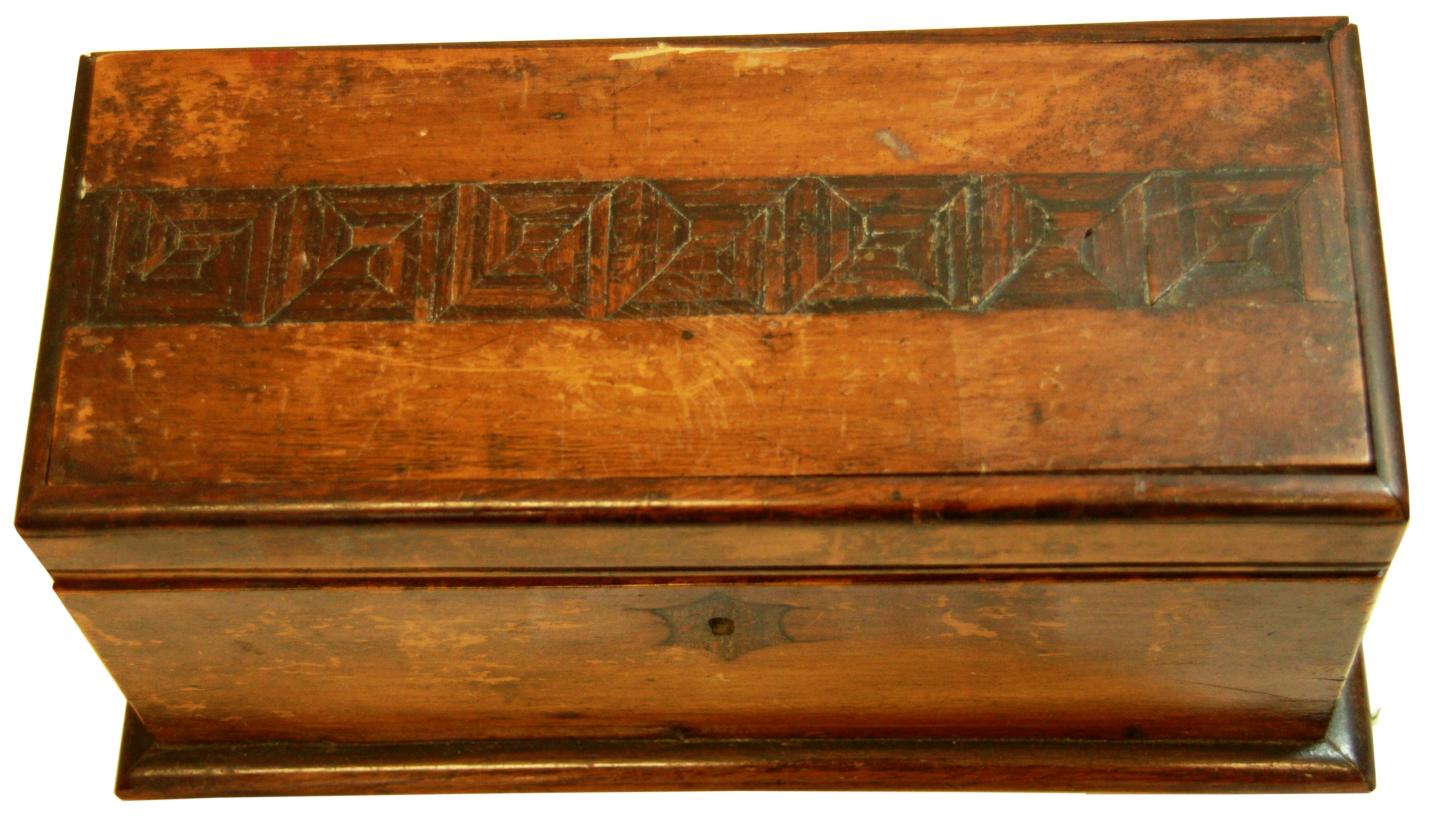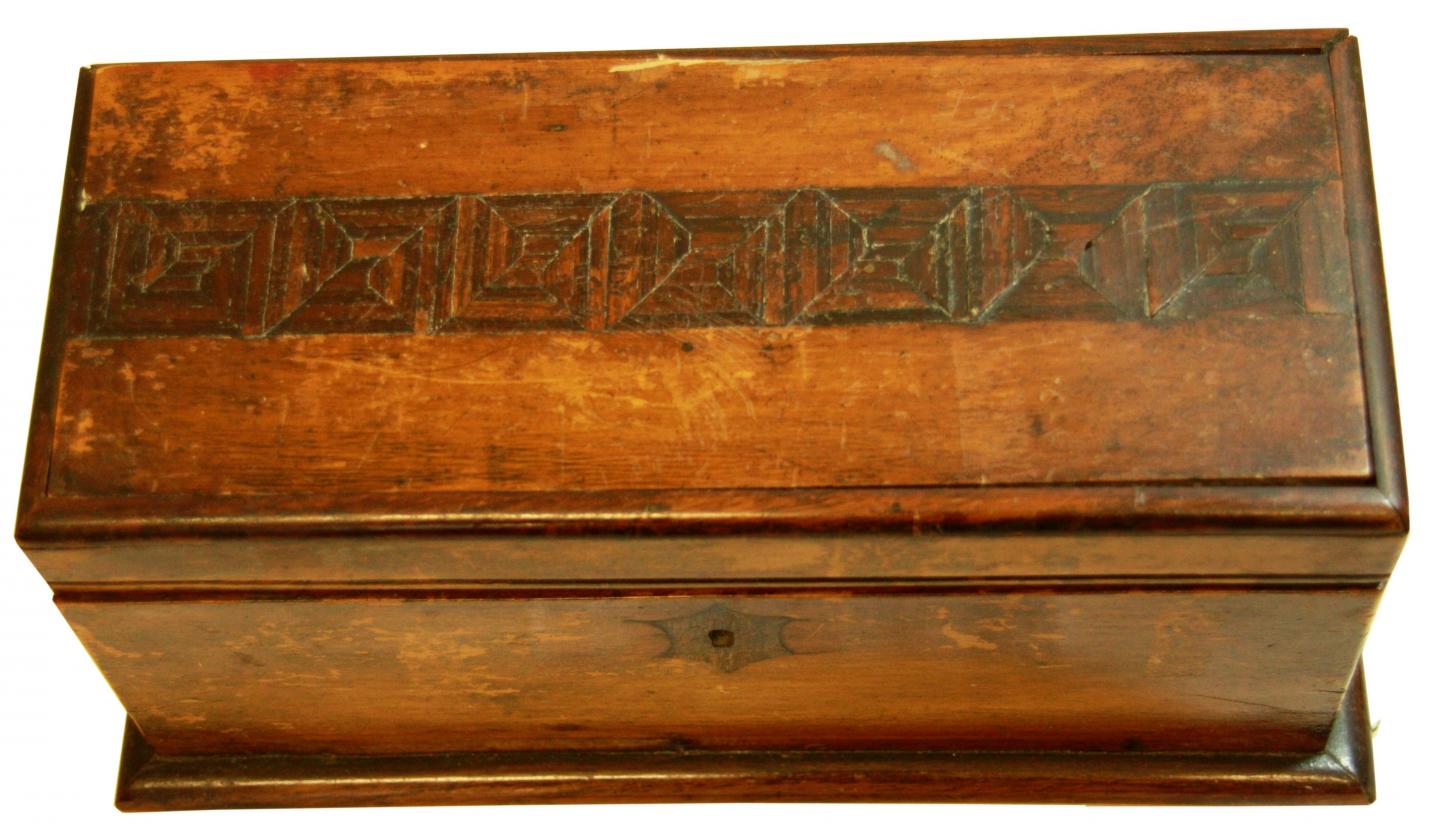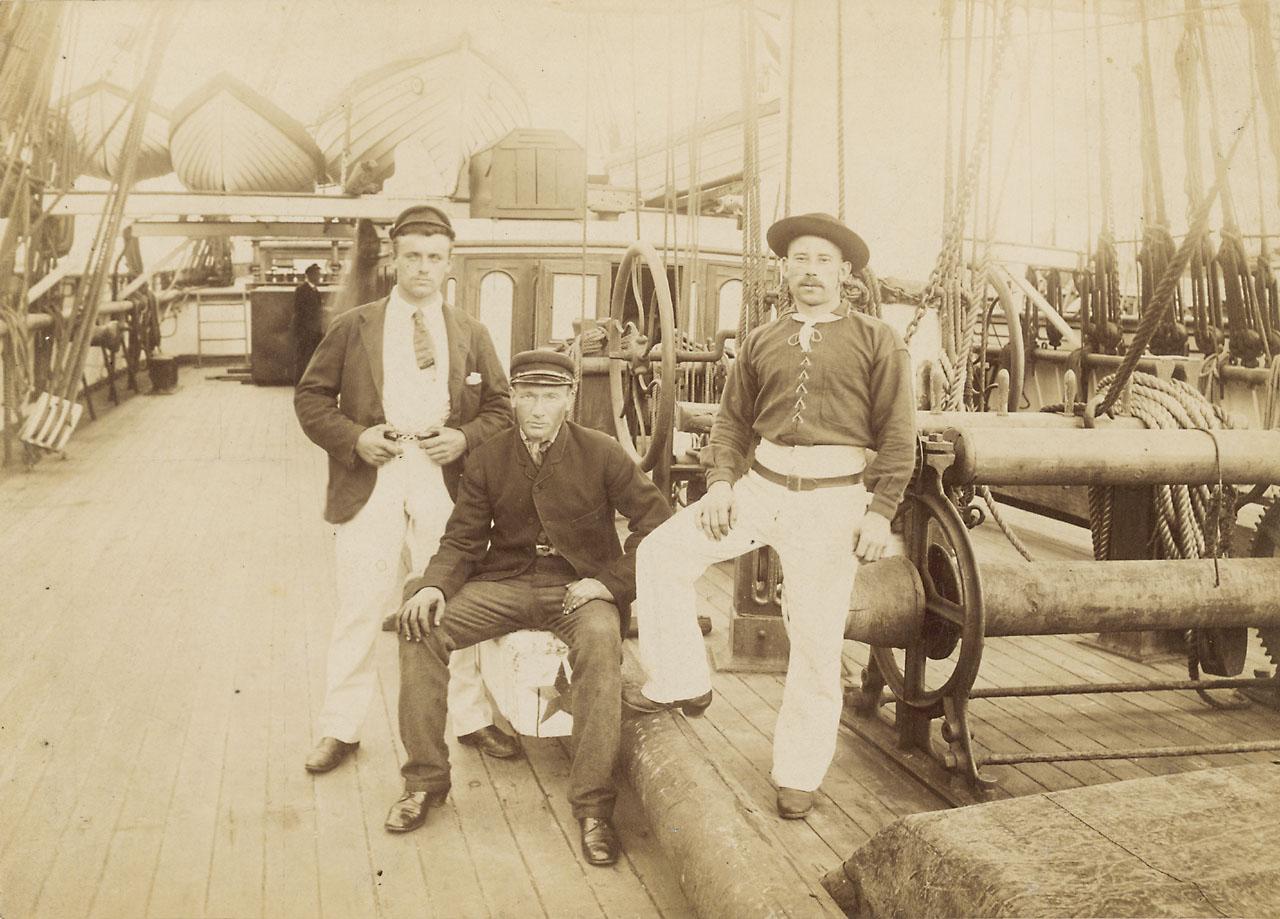
Essential Information
| Location |
Cutty Sark
|
|---|---|
11 Mar 2016
The crew of Cutty Sark knew that when they left port they could be away from home for months at a time. What do we know about the people they left behind?
A career in the Merchant Navy was hard work, involving long periods away from home enduring challenging conditions.
But despite the hardships, in the late 19th century when Cutty Sark was trading there was lots of work available in the busy port of London. Men were offered food and accommodation, and could send money home regularly.
But who were they sending money home to?
Not much is known about the women in the lives of Cutty Sark’s crew, but there are a few historic references which give us some information about those women on shore.

On 22 November 1869, the Dumbarton Herald recorded the launch of the “handsome composite clipper ship” Cutty Sark. The vessel was officially christened by Mrs Moodie – wife of the first master of the ship, Captain George Moodie – as the new ship slid down the slipway into the river Leven.
The wife of another master – Captain Frederick Moore, who commanded the ship for three voyages between 1882 and 1884 – is the only woman known to have sailed on Cutty Sark. She boarded the vessel on 15 June 1884 at London’s East India Docks but travelled only as far as Dover, so was probably on board only for a matter of hours.
The women at home were remembered by the crew while at sea; for example a tea caddy (pictured above) was made by apprentice and later Third Mate James Weston (pictured below) in 1886. An inscription scratched on the inside of the lid reads: “Made on board Cutty Sark coming home from China for Jessie Weston” – presumably a sister, wife or mother.

16-year-old apprentice Charles Ray, who served under Captain Woodget on the Australian wool run in 1894, writes home to his mother to tell her about his experiences at sea: “I have not commenced keeping a log or Diary yet, so I am going to write a sort of weekly letter to tell you all about the ship and how I get on.”
After leaving home, Ray’s aunt and uncle had met him in London and packed him off to sea:
Auntie met me at London Bridge after a fine run up from Hastings. Then we put our fixings aboard the good old ship then went to Clapton where they did everything to make me happy and comfortable. We had Yorkshire pudding for Sunday’s dinner, I just mention this because it shows how thoughtful Auntie was. Uncle and Frank saw me aboard on Sunday night then I put my fixings right and tried to go to sleep…
We were a long time getting down the river on account of having to stop at Gravesend to take in 70 tons of Gunpowder and dynamite. Then the next morning we heaved the anchor and set sail for the deep blue sea.
In Ray’s letters to his mother he also describes his daily routine, typical meals and work on board: “It is a hard life but you need not think that I do not like it for I am enjoying myself very much.”
Although very few men died on board Cutty Sark or were lost at sea during the ship's voyages, the family of the crew would naturally dread to hear awful news of their loved ones while away.
One such occasion was on Cutty Sark’s maiden voyage, when Able Seaman Robert Fisher, aged 24, died of dysentery, on 21 July 1870. His belongings were sold on board with the exception of his personal effects, including "a lock of hair, three small pieces of gold… a small inkstand and a card….of himself" which were sent back to his sister.